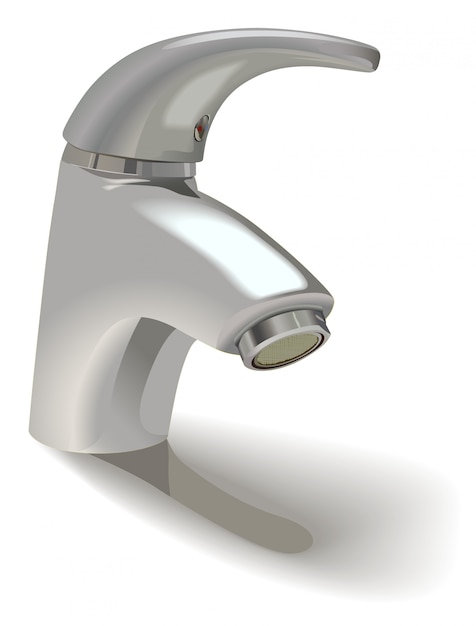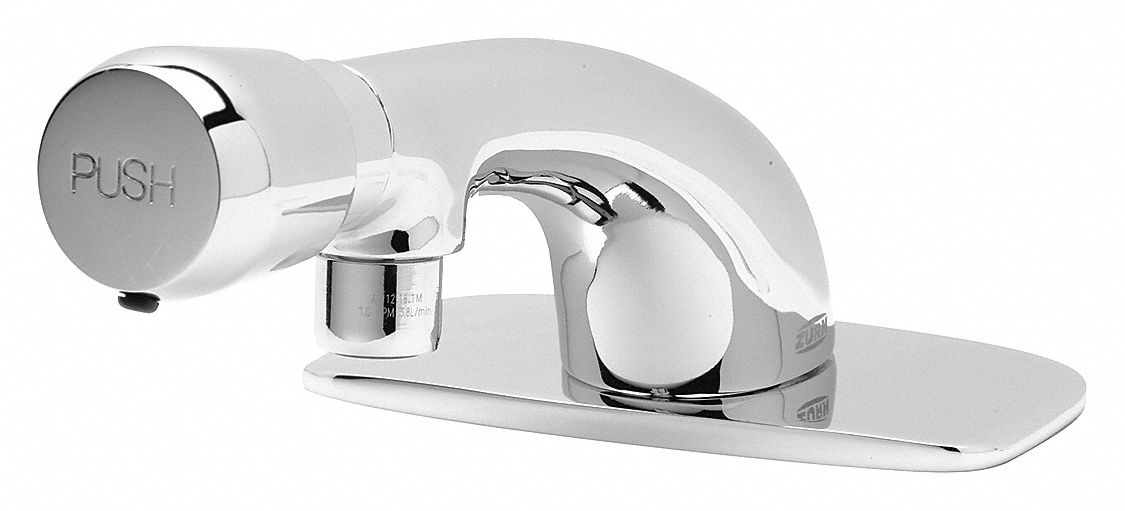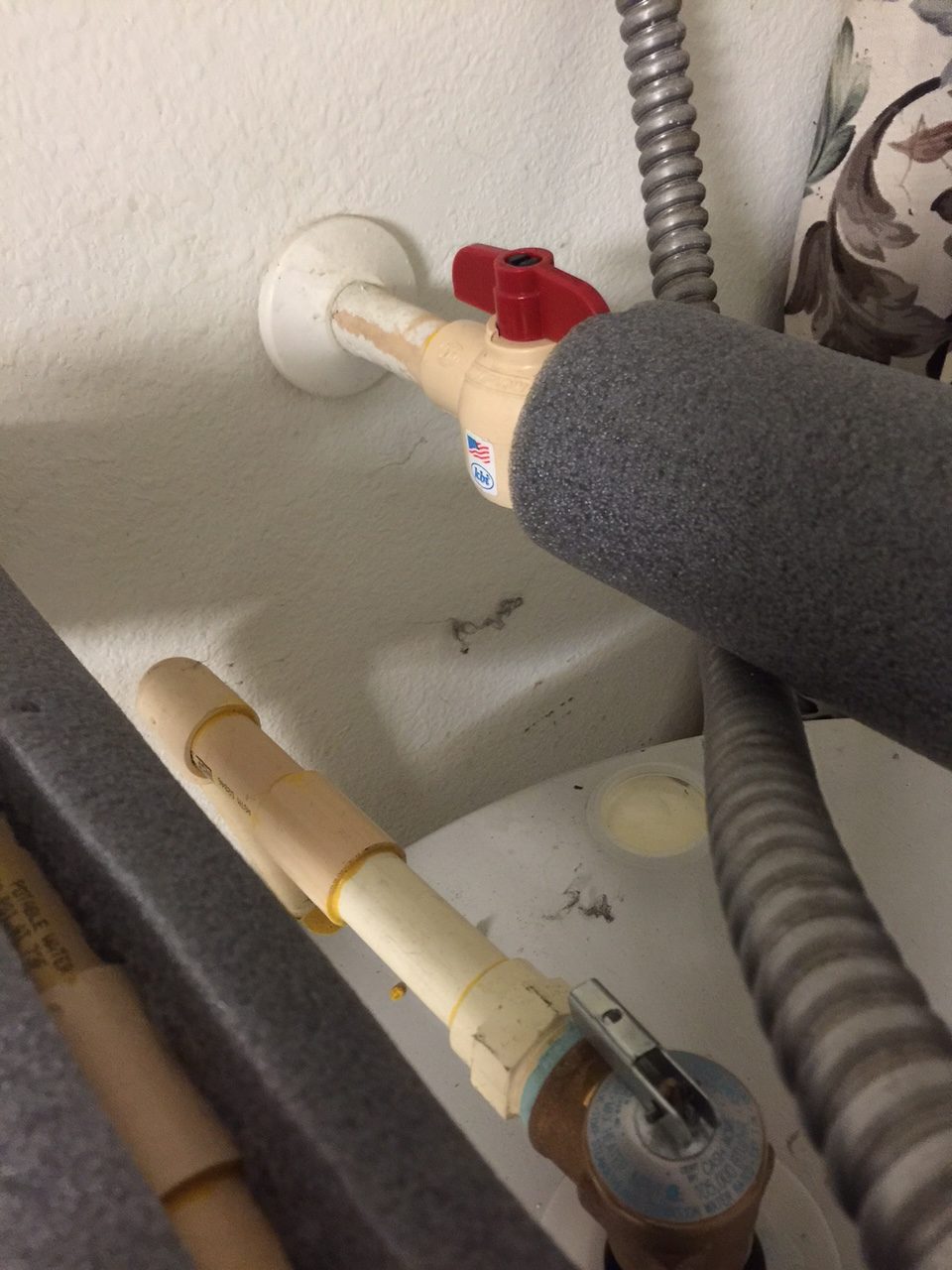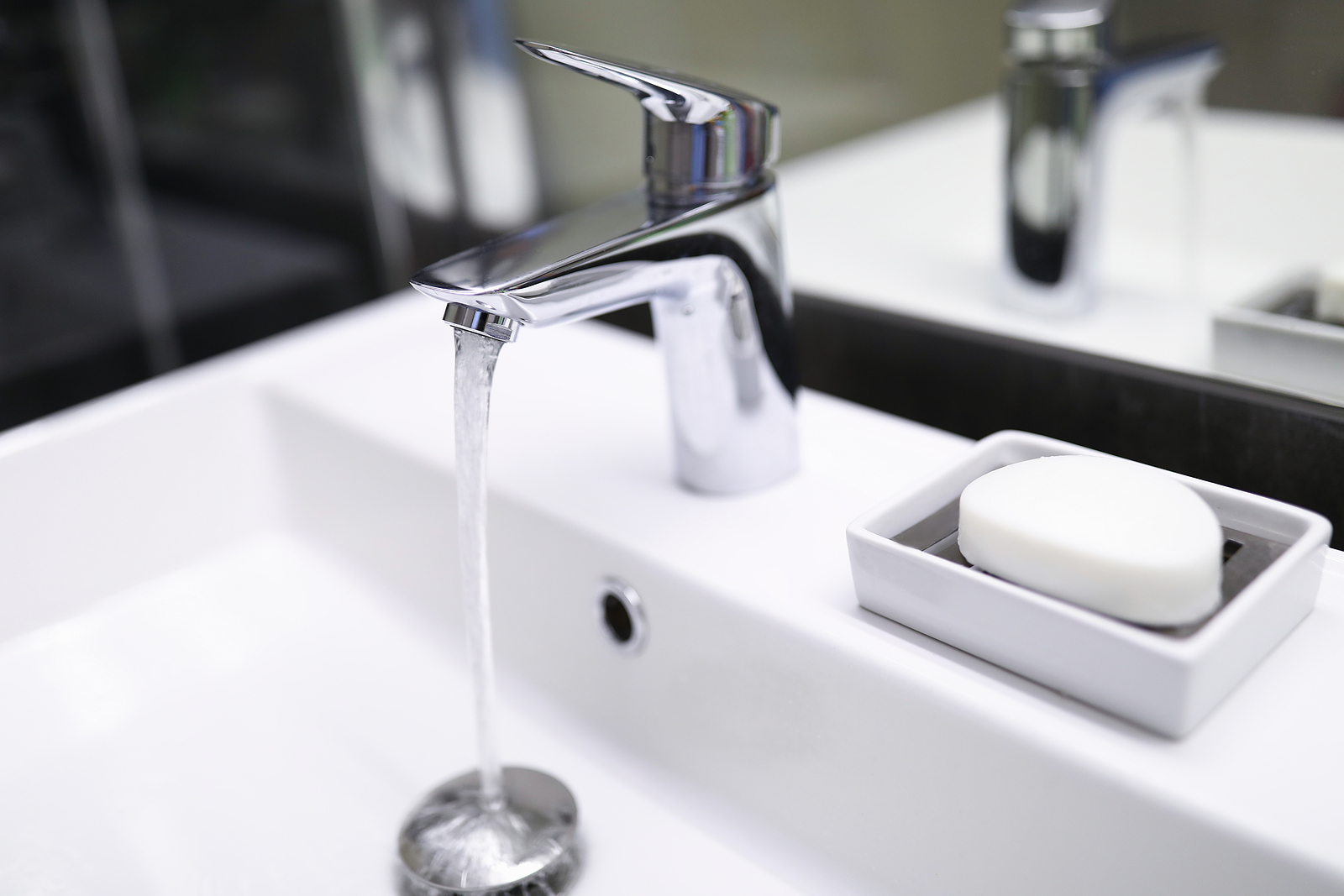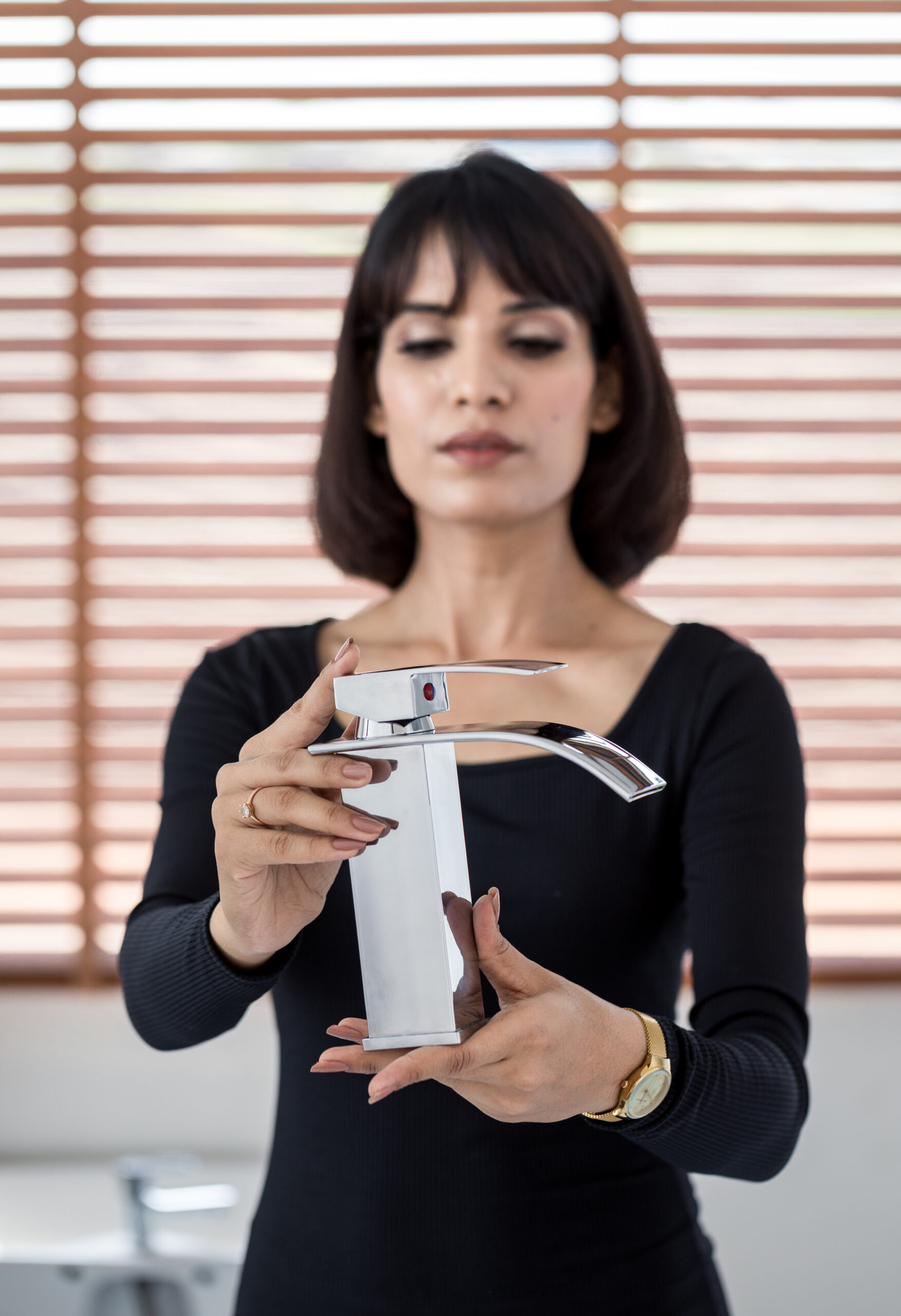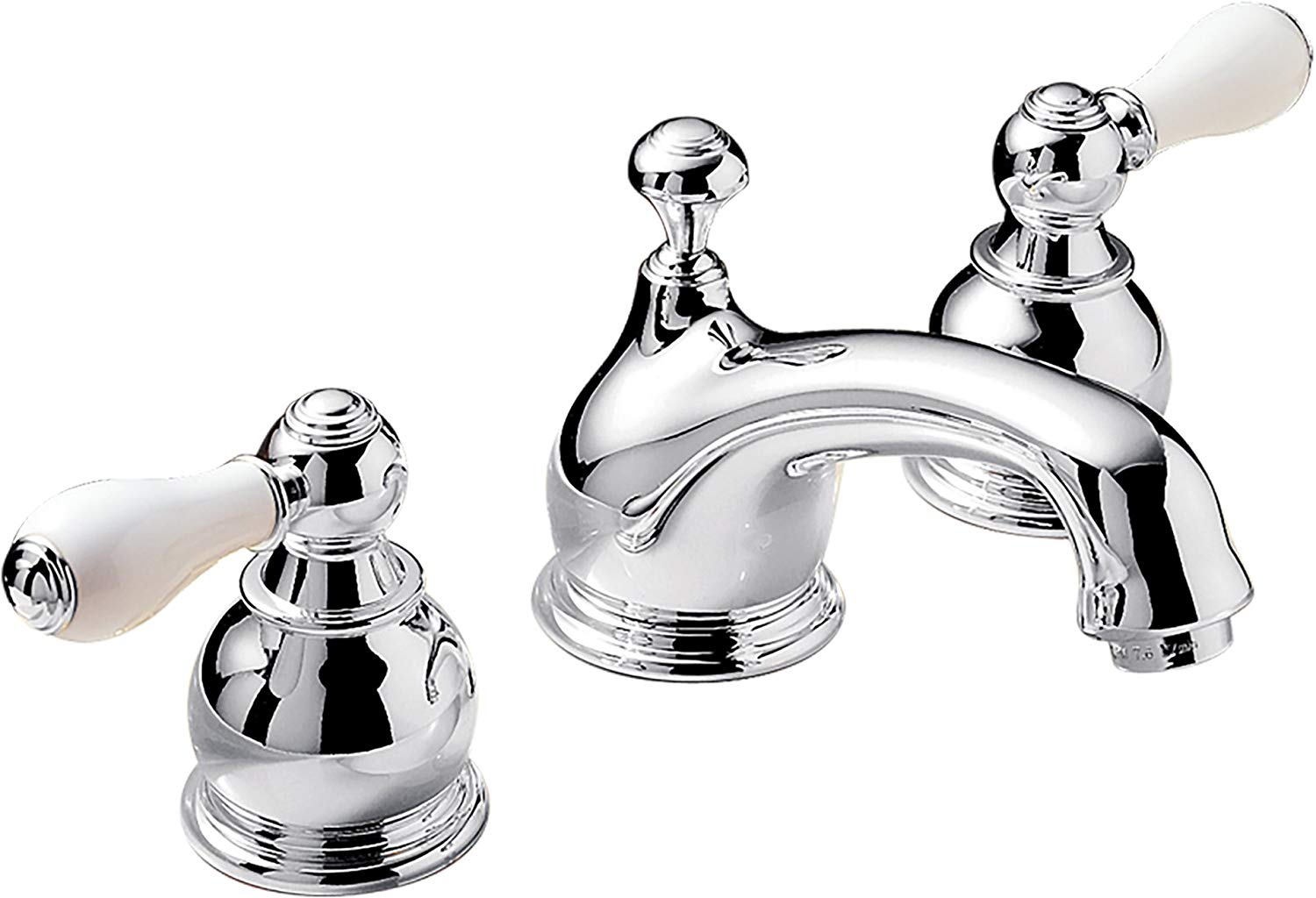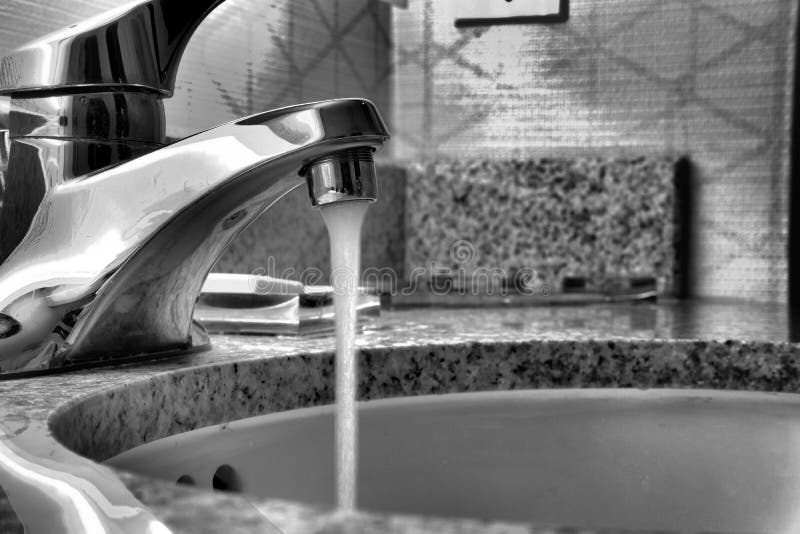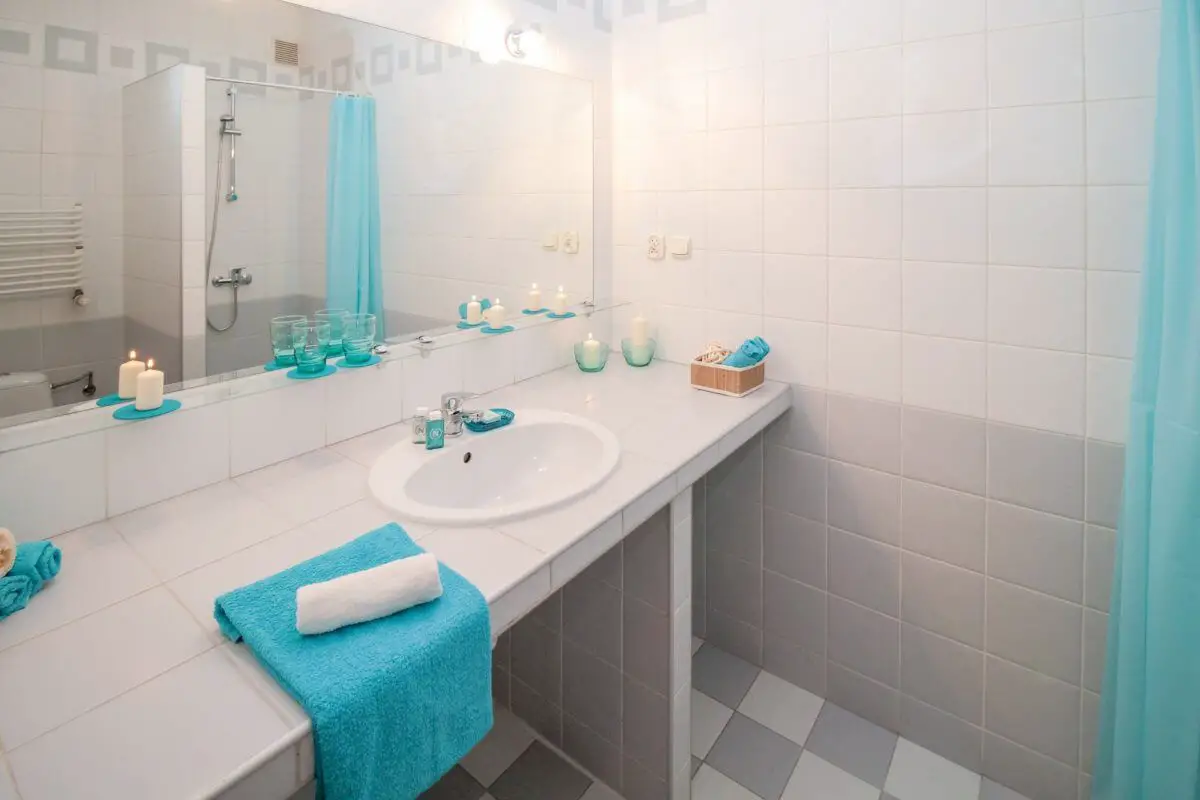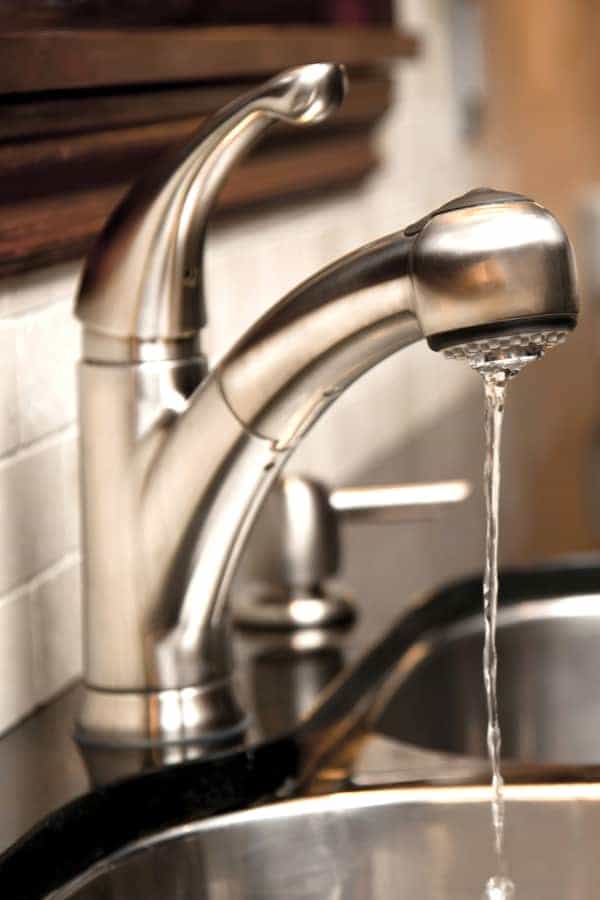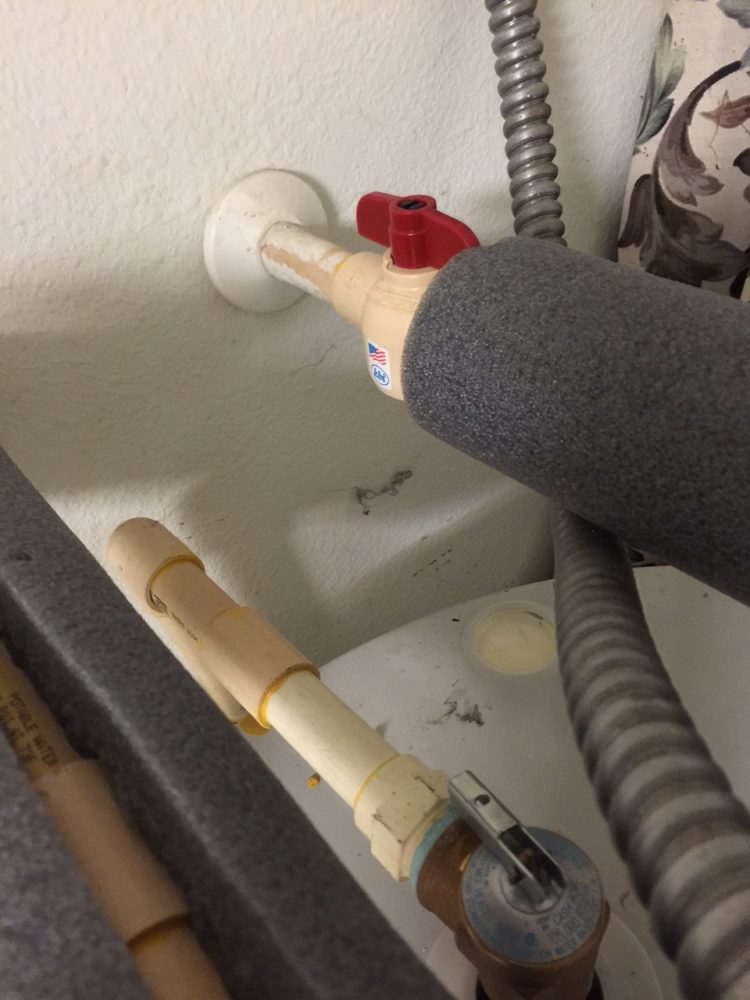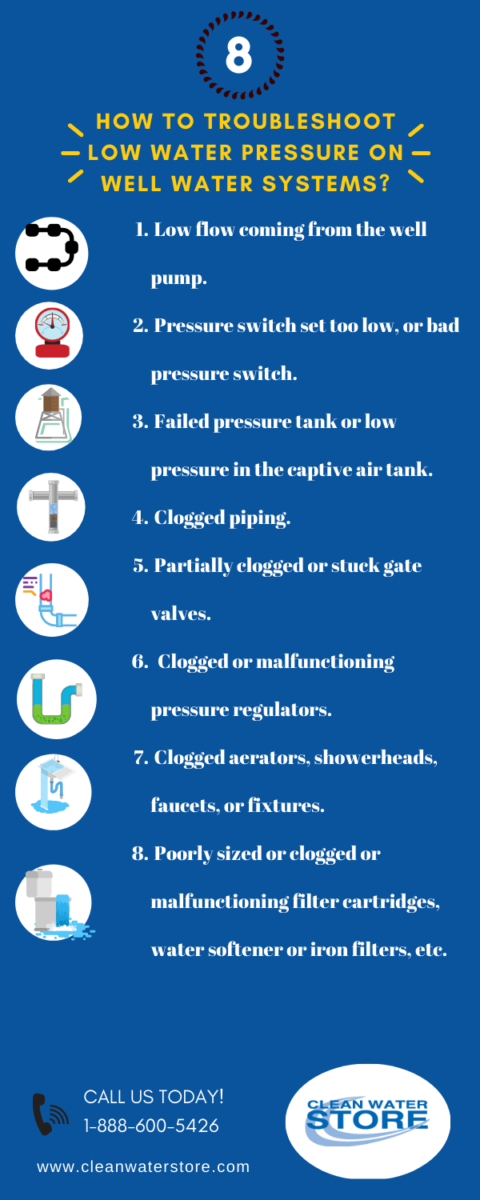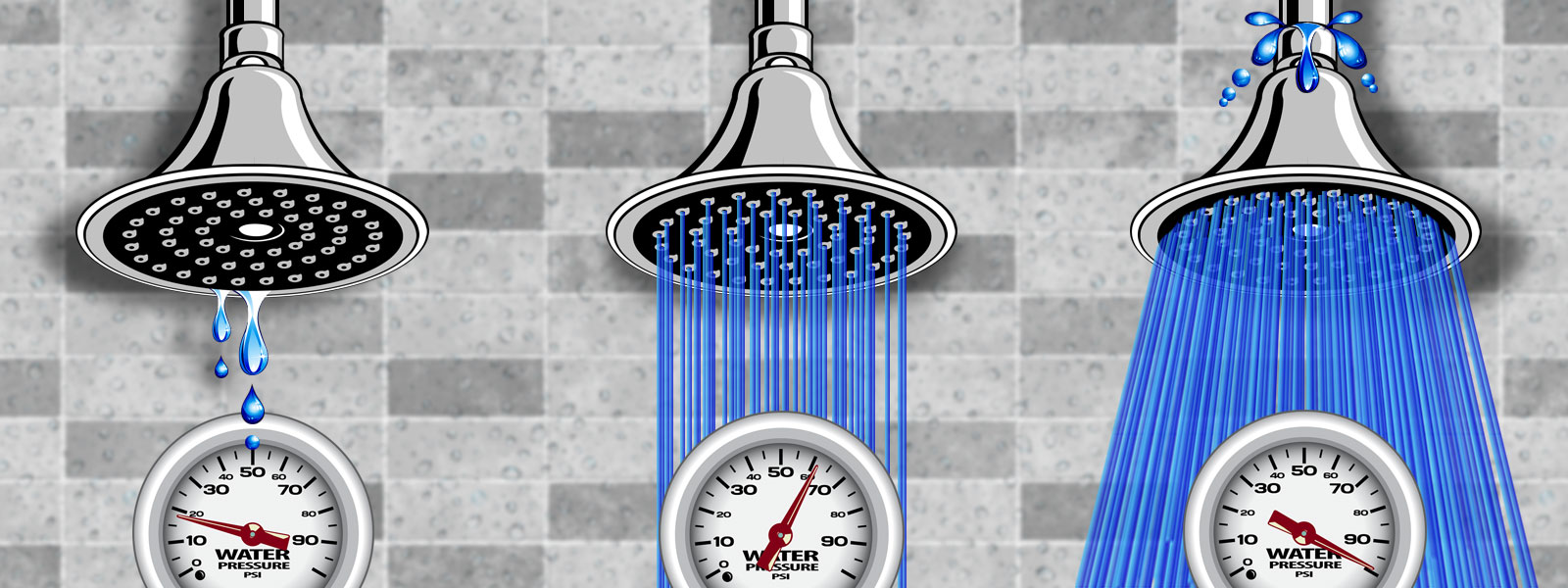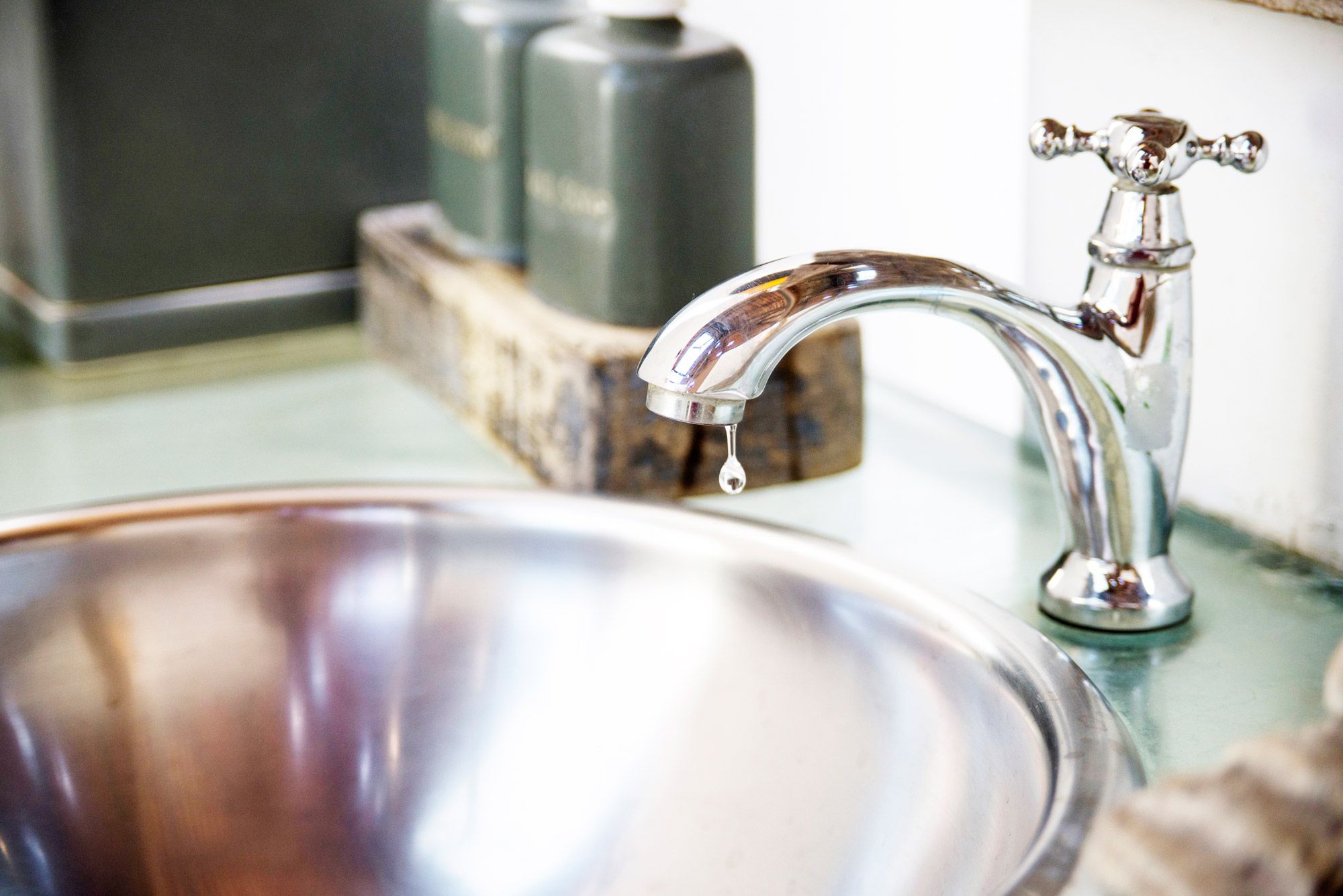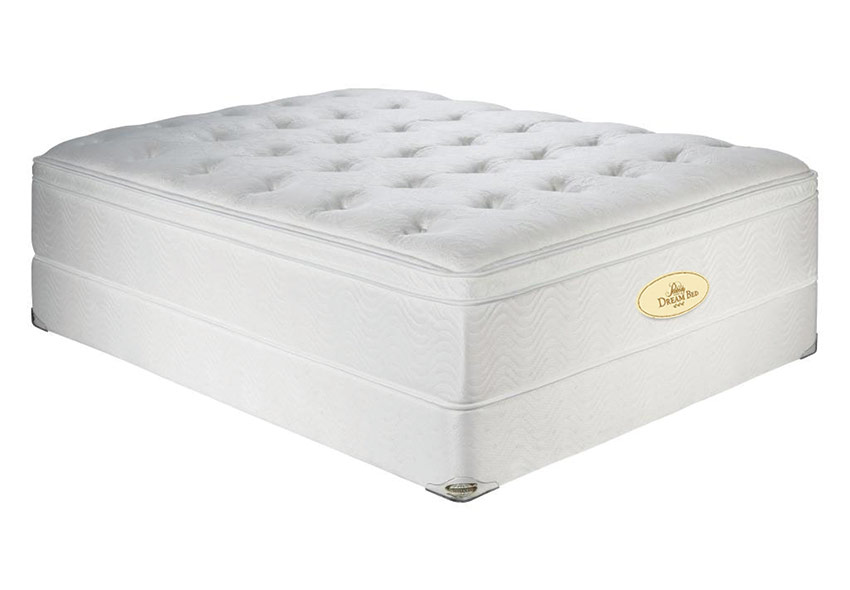Having low water pressure in your bathroom sink faucet can be a frustrating and inconvenient problem. It can make simple tasks like washing your hands or brushing your teeth take longer and be less effective. This issue can also be a sign of a larger plumbing problem that needs to be addressed. In this article, we will discuss the top 10 reasons why you may be experiencing low water pressure in your bathroom sink faucet and how to fix it.Low Water Pressure in Bathroom Sink Faucet
If you are experiencing low water pressure in your bathroom sink faucet, there are a few things you can try to fix the issue. First, check to see if the water pressure is low in other areas of your home. If it is, then the problem may be with your main water line or a larger plumbing issue. However, if the low water pressure is only in your bathroom sink faucet, here are some steps you can take to fix it: Step 1: Check the Aerator Step 2: Check the Supply Valve Step 3: Clean the PipesHow to Fix Low Water Pressure in Bathroom Sink Faucet
The aerator is a small mesh screen located at the end of your faucet. Over time, it can become clogged with debris, sediment, and minerals, causing low water pressure. Simply unscrew the aerator from the faucet and clean it with vinegar or a small brush. Then, reattach it and see if the water pressure has improved.
The supply valve, also known as the shut-off valve, controls the water flow to your bathroom sink faucet. Make sure it is fully open and not partially closed, which can restrict water flow. If it is partially closed, simply turn it all the way open and see if that improves the water pressure.
Over time, minerals and debris can build up inside your pipes, causing blockages and reducing water flow. To clean the pipes, turn off the water supply to your bathroom sink faucet and unscrew the pipes under the sink. Use a brush and hot water to clean out any debris or buildup. Then, reattach the pipes and turn the water supply back on.
If you have no water pressure in your bathroom sink faucet at all, there may be a more serious issue at hand. Here are a few reasons why this may be happening: 1. Water Supply Issues 2. Frozen Pipes 3. Faulty Pressure RegulatorNo Water Pressure in Bathroom Sink Faucet
If there is no water pressure in any of the faucets in your home, there may be an issue with your main water supply. Check with your water company to see if there are any known outages or maintenance work being done. You can also check your water meter to see if it is reading any flow.
In colder climates, frozen pipes can be a common cause of no water pressure. Check to see if your pipes are frozen and take appropriate measures to thaw them out. If you are unsure how to do this, it is best to call a professional plumber.
Your home's water pressure is regulated by a pressure regulator valve. If this valve is faulty or malfunctioning, it can cause low or no water pressure. In this case, it is best to call a professional plumber to diagnose and fix the issue.
If your bathroom sink faucet is not working at all, there could be a few different reasons why. Here are some common issues and how to troubleshoot them: No Water Flow Low Water Pressure Leaking FaucetBathroom Sink Faucet Not Working
If there is no water flow at all, check to see if your water supply is turned on. If it is, then there may be an issue with the supply line or the faucet itself. It is best to call a professional plumber to diagnose and fix the issue.
If there is some water flow, but it is very weak, then you may have low water pressure. Follow the steps outlined earlier in this article to troubleshoot and fix this issue.
If your bathroom sink faucet is leaking, it may be due to a worn out or damaged washer or cartridge. These can be replaced, but it is best to call a professional plumber to do so for optimal results.
If you want to increase the water pressure in your bathroom sink faucet, there are a few things you can try: 1. Clean the Aerator 2. Check for Blockages 3. Install a Pressure BoosterHow to Increase Water Pressure in Bathroom Sink Faucet
As mentioned earlier, a clogged aerator can cause low water pressure. Cleaning it can help improve water flow.
Check the pipes under your sink for any blockages or debris that may be restricting water flow. If you find any, clean them out to improve water pressure.
A pressure booster, also known as a water pressure pump, can help increase water flow and pressure in your bathroom sink faucet. This is a more expensive solution, but it may be worth it if you have consistently low water pressure in your home.
If you are experiencing low water pressure in your entire bathroom sink, including the shower, tub, and toilet, there may be an issue with your main water line. In this case, it is best to call a professional plumber to diagnose and fix the issue. They may need to replace the main water line or make repairs to improve water pressure.Low Water Pressure in Bathroom Sink
If your bathroom sink faucet is not dispensing any water, there could be a few different reasons why: 1. Clogged Pipes 2. Broken Cartridge 3. Faulty Supply ValveBathroom Sink Faucet Not Dispensing Water
As mentioned earlier, debris and buildup can cause blockages in your pipes, preventing water from flowing. Follow the steps outlined earlier to clean your pipes and fix the issue.
The cartridge in your faucet controls the flow of water. If it is broken or damaged, it may need to be replaced. It is best to call a professional plumber to do this for you.
If the supply valve is not fully open or is malfunctioning, it can prevent water from flowing to your faucet. Check to make sure it is open and functioning properly.
If you are experiencing low water pressure in your bathroom sink faucet, here are some troubleshooting steps you can take: 1. Check the Aerator 2. Check the Supply Valve 3. Clean the Pipes 4. Check for LeaksHow to Troubleshoot Low Water Pressure in Bathroom Sink Faucet
As mentioned earlier, a clogged aerator can cause low water pressure. Clean it or replace it if necessary.
Make sure the supply valve is fully open and functioning properly.
Debris and buildup can cause blockages in your pipes, so make sure to clean them out to improve water pressure.
A leak in your faucet can also cause low water pressure. Make sure to check for any leaks and have them repaired if necessary.
If your bathroom sink faucet is not getting enough water, there may be a few different reasons why: 1. Faulty Pressure Regulator 2. Clogged Aerator 3. Broken CartridgeBathroom Sink Faucet Not Getting Enough Water
As mentioned earlier, the pressure regulator valve controls the water pressure in your home. If it is faulty, it may need to be replaced.
As mentioned earlier, a clogged aerator can restrict water flow. Clean or replace it to improve water pressure.
The cartridge in your faucet may be broken or damaged, causing low water pressure. Have it replaced by a professional plumber.
If your bathroom sink faucet is clogged, here are some steps you can take to fix it: 1. Use a Plunger 2. Try a Drain Snake 3. Clean the Pipes In conclusion, low water pressure in your bathroom sink faucet can be a frustrating and inconvenient problem, but it can be fixed. By following these troubleshooting steps and seeking professional help when needed, you can improve water pressure and keep your bathroom sink faucet working properly.How to Fix a Clogged Bathroom Sink Faucet
A plunger can be used to clear out any blockages in your sink. Make sure to cover the overflow drain and use a plunger to create suction and dislodge the clog.
If the plunger does not work, you can try using a drain snake to remove the clog. Insert it into the drain and twist it to break up and remove the blockage.
As mentioned earlier, debris and buildup can cause clogs in your pipes. Clean them out to improve water flow.
How to Troubleshoot a Bathroom Sink Faucet with No Pressure

Understanding the Issue
 When it comes to the functionality of your bathroom, the sink faucet plays a crucial role. From brushing your teeth to washing your face, it is an essential part of your daily routine. So, when you turn on the faucet and find that there is no water pressure, it can be quite frustrating. The good news is that this issue can be easily fixed with a few troubleshooting steps. In this article, we will guide you through the process of identifying and resolving the issue of no pressure in your bathroom sink faucet.
When it comes to the functionality of your bathroom, the sink faucet plays a crucial role. From brushing your teeth to washing your face, it is an essential part of your daily routine. So, when you turn on the faucet and find that there is no water pressure, it can be quite frustrating. The good news is that this issue can be easily fixed with a few troubleshooting steps. In this article, we will guide you through the process of identifying and resolving the issue of no pressure in your bathroom sink faucet.
Check for Obstructions
 The first step in troubleshooting a bathroom sink faucet with no pressure is to check for any obstructions. Over time, debris and mineral deposits can build up in the aerator or water supply line, causing a blockage and reducing the water flow. To check for obstructions, unscrew the aerator from the faucet and clean it with a mixture of vinegar and water. If the aerator is clean, then the issue may be in the water supply line. You can use a wire brush to clean any buildup in the supply line and restore the water pressure.
The first step in troubleshooting a bathroom sink faucet with no pressure is to check for any obstructions. Over time, debris and mineral deposits can build up in the aerator or water supply line, causing a blockage and reducing the water flow. To check for obstructions, unscrew the aerator from the faucet and clean it with a mixture of vinegar and water. If the aerator is clean, then the issue may be in the water supply line. You can use a wire brush to clean any buildup in the supply line and restore the water pressure.
Inspect the Shut-Off Valves
 Another common cause of no pressure in a bathroom sink faucet is a partially closed shut-off valve. These valves are located under the sink and control the flow of water to the faucet. If they are not fully open, it can restrict the water flow and result in low pressure. Check to make sure that the shut-off valves are fully open and if they are not, turn them counterclockwise to open them.
Another common cause of no pressure in a bathroom sink faucet is a partially closed shut-off valve. These valves are located under the sink and control the flow of water to the faucet. If they are not fully open, it can restrict the water flow and result in low pressure. Check to make sure that the shut-off valves are fully open and if they are not, turn them counterclockwise to open them.
Check for Leaks
 Leaks in the water supply line or faucet can also cause a decrease in water pressure. Inspect all the connections and joints for any signs of leakage. If you find any, tighten the connections or replace the faulty parts. This should restore the water pressure in your bathroom sink faucet.
Leaks in the water supply line or faucet can also cause a decrease in water pressure. Inspect all the connections and joints for any signs of leakage. If you find any, tighten the connections or replace the faulty parts. This should restore the water pressure in your bathroom sink faucet.











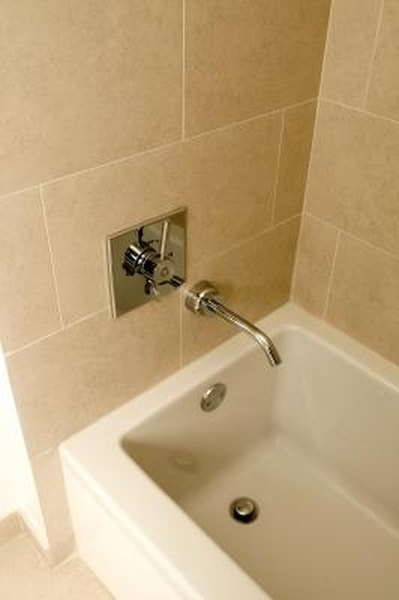

/low-water-pressure-2718732-05-99eb1816e88841c593aeeaaaf330085b.jpg)









